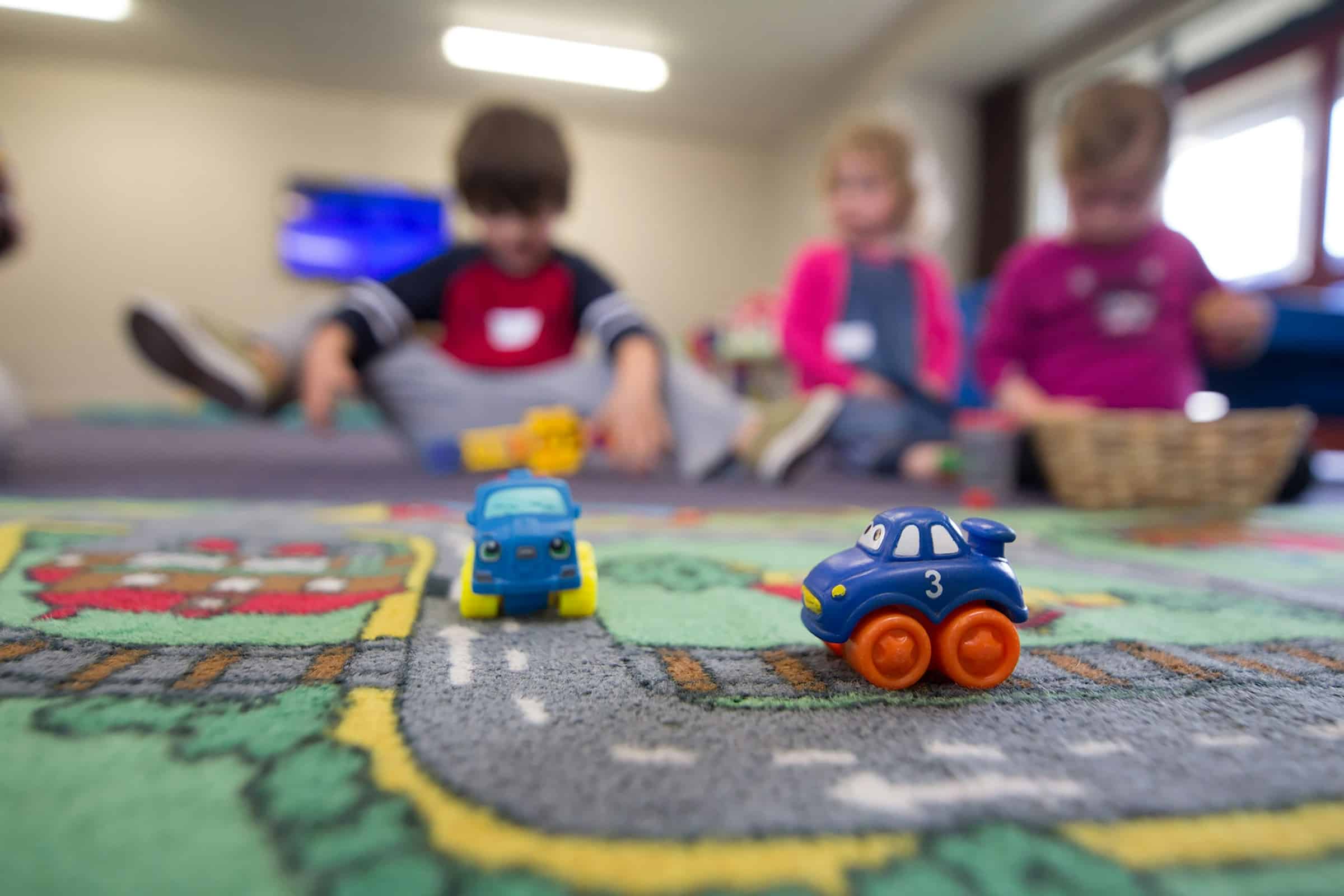How can you implement an advanced air purification system in a UK urban nursery?

Air. It's the invisible and yet essential element we all need. Each time we inhale, we draw in oxygen that fuels our cells and keeps us alive, but we're also exposed to a mix of particles and gases from both indoor and outdoor sources. For the most vulnerable among us, such as infants in nurseries, the quality of the air they breathe can have significant short and long-term effects on their health, their cognitive development, and ultimately, their future.
Indoor air pollution is a silent yet severe issue, especially in nursery settings. The young scholars spend most of their day indoors, exposing them to potentially higher concentrations of pollutants than those found in the outdoor environment.
A découvrir également : What is the best method to apply Venetian plaster in a UK craftsman-style home for moisture resistance?
In this article, you will learn about the importance of indoor air quality in urban nurseries, and the potential health effects of poor air quality. We will also navigate through the various methods of improving air quality, focusing on the implementation of an advanced air purification system.
Why is Good Air Quality Important in a Nursery Setting?
It is hard to overstate the importance of air quality in a nursery setting. According to a study published on Google Scholar, poor indoor air quality can lead to several health problems in children, such as respiratory infections, allergies, and asthma. Moreover, pollutants can hamper the development of the respiratory system in young children, leading to long-term health problems.
A lire également : What are the specific guidelines for installing floating shelves in a UK seismic zone?
Indoor air pollutants come from various sources, including cleaning products, furnishings, and ventilation systems, and the concentration of these pollutants can be up to five times higher indoors than outdoors. Therefore, maintaining good indoor air quality in a nursery setting is of utmost importance.
The Role of Ventilation in Maintaining Indoor Air Quality
Ventilation plays a pivotal role in maintaining indoor air quality. It allows for the exchange of indoor air with fresh outdoor air, reducing the concentration of pollutants indoors. A study available on Crossref found that increasing the rate of ventilation in a room can significantly reduce the concentration of indoor pollutants.
However, ventilation alone is not enough, especially in urban areas where outdoor air quality may also be poor. This is where the role of an advanced air purification system comes in.
Understanding Advanced Air Purification Systems
An advanced air purification system, as the name suggests, is a system designed to improve indoor air quality by removing pollutants from the air. These systems typically use a combination of techniques to eliminate pollutants, including filtration, ionisation, and UV sterilisation.
According to Google Scholar, an advanced air purification system can remove up to 99.97% of pollutants from the air, significantly improving indoor air quality.
These systems are particularly beneficial in urban nurseries, where the exposure to pollutants is higher due to the proximity of the nursery to traffic and industrial activities.
Implementing an Advanced Air Purification System in an Urban Nursery
The implementation of an advanced air purification system in an urban nursery involves several steps, starting with the selection of the right system. This decision should be based on the specific needs of the nursery, such as the size of the rooms and the types of pollutants present.
Once the system has been selected, it needs to be correctly installed in the nursery. This is a task that should be undertaken by a professional to ensure that the system is correctly fitted and optimised for maximum efficiency. The system should also be regularly maintained to ensure it continues to operate effectively long-term.
The implementation of an advanced air purification system is not a standalone solution but should be part of a broader strategy to improve indoor air quality. This strategy should also include measures like reducing the use of cleaning products that can emit harmful chemicals, ensuring furnishings are low in volatile organic compounds (VOCs), and maintaining a good ventilation system.
Monitoring Indoor Air Quality After Implementation
After implementing an advanced air purification system, it's crucial to monitor the indoor air quality in the nursery to ensure the system is working effectively. This can be done using indoor air quality monitors that measure the levels of various pollutants in the air.
Regular monitoring can help identify any issues with the air purification system early on, allowing for timely maintenance or repairs. It also helps to keep track of the overall air quality in the nursery, providing reassurance that the scholars are breathing clean and healthy air.
In conclusion, improving indoor air quality in urban nurseries is a vital task that requires a comprehensive approach, including the implementation of an advanced air purification system. By taking these steps, you can help ensure that the children in your care are not only healthier but also have a better environment in which to learn and grow.
Implementing an Advanced Air Purification System in an Urban Nursery
Implementing an advanced air purification system in an urban nursery is a multi-step process. The first step is acquiring the right system. The chosen system must be tailored to the unique requirements of the nursery, such as room size and the particular contaminants present. This is not a one-size-fits-all scenario, as different spaces have varying needs.
The installation of the system is equally important. It must be fixed and set up correctly by a professional. Correct installation is critical to ensure the system works optimally. Regular maintenance of the system is also a key factor, as it guarantees the system continues to function effectively over time.
The use of an advanced air purification system should be viewed as part of a holistic strategy to promote indoor air quality. Other measures could include reducing the usage of cleaning products that give off harmful chemicals, choosing furnishings that have low volatile organic compounds (VOCs) emissions and maintaining a sound ventilation system. This multi-dimensional approach ensures a sustained high level of indoor air quality.
Monitoring Indoor Air Quality After Implementation
Post-implementation, it's vital to monitor the indoor air quality in the nursery to confirm the system is functioning as expected. This can be achieved using indoor air quality monitors, devices designed to measure the levels of different pollutants in the air.
Regular monitoring aids in early detection of any emerging issues with the air purification system, facilitating timely maintenance or repairs as needed. It also provides a means of tracking the overall air quality in the nursery, offering reassurance that the young scholars are inhaling clean, healthy air.
In conclusion, the task of improving indoor air quality in urban nurseries is of utmost importance and requires a comprehensive approach. This includes the implementation of an advanced air purification system. By taking these steps, you can help ensure the children have not just a healthier environment, but also a better space for learning and growth. Remember, "Clean air equals healthier kids!"
